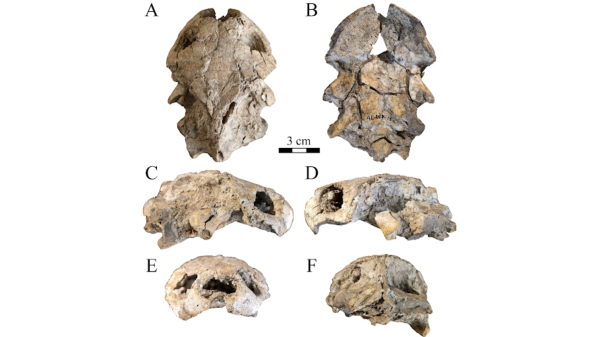It turns out lightning isn’t always a flash, and an ASU researcher says a pair of newly classified records for distance and duration reshaping our views of the electric weather phenomena might be just the beginning.
The World Meteorological Organization has recently confirmed that a bolt over Oklahoma in 2007 covered a horizontal distance of nearly 200 miles (321 km), and a streak over southern France in 2012 lasted for nearly 8 seconds.
Arizona State University professor Randy Cerveny credits “huge strides in the detection and monitoring of lightning events.”
“Our weather technology,” said Cerveny, chief rapporteur of climate and weather extremes for the WMO and instructor in the School of Geographical Sciences and Urban Planning, “particularly with regard to lightning, has advanced rapidly in the last few years to now allow us to detect and measure lightning events that we previously had not been able to monitor and evaluate.”
Cerveny said this is the first time lightning has been included in the official WMO extreme weather and climate archive, which is maintained by the organization’s Commission for Climatology and documents details of records for heat, cold, wind speed, rainfall and other related events.
Full details of the lightning assessments are given in the online issue of the Bulletin of the American Meteorological Society, published Sept. 15.
The WMO evaluation committee judged that the world’s longest detected distance for a single lightning bolt occurred over a horizontal distance of 199.5 miles. The event occurred on June 20, 2007, stretching from near Tulsa to near the Texas border.
The committee also accepted the world’s longest detected duration for a single shock as a lightning event that lasted continuously for 7.74 seconds on Aug. 30, 2012, over Provence-Alpes-Côte d'Azur, France.
Cerveny said researchers gathered their data from networks of sensors that monitor electromagnetic radiation triggered by lightning discharges.
“The bursts are similar to the static you hear on an AM radio,” he said. “We can detect the static and its intensity. And through triangulation, we to find where the strike began and where it ended.”
Cerveny said that with new technologies, weather researchers are entering a new phase in lightning detection and understanding.
“This is the first study to address issues of lightning,” Cerveny said. “Over the next couple of decades I think we will see this field really take off.”
He also said the findings highlight the importance of safety.
“These extremes point out the need for everybody to be very aware when lightning occurs,” he said.
“Lightning can strike far from where a storm is, so this research re-emphasizes the old safety advice that ‘when thunder roars, go indoors.’”
More Science and technology

When facts aren’t enough
In the age of viral headlines and endless scrolling, misinformation travels faster than the truth. Even careful readers can be swayed by stories that sound factual but twist logic in subtle ways that…

Scientists discover new turtle that lived alongside 'Lucy' species
Shell pieces and a rare skull of a 3-million-year-old freshwater turtle are providing scientists at Arizona State University with new insight into what the environment was like when Australopithecus…

ASU named one of the world’s top universities for interdisciplinary science
Arizona State University has an ambitious goal: to become the world’s leading global center for interdisciplinary research, discovery and development by 2030.This week, the university moved…
